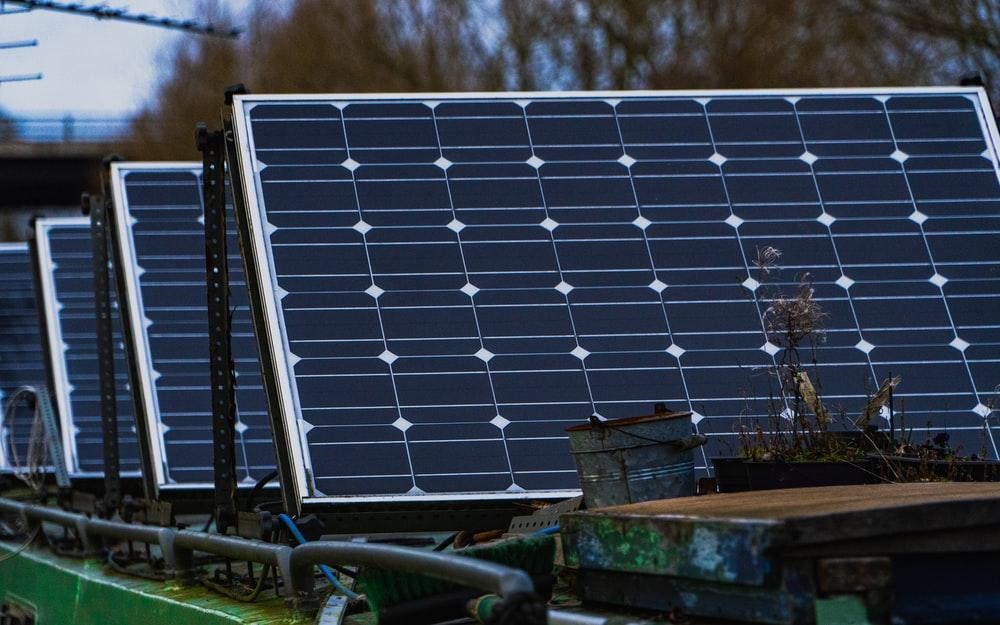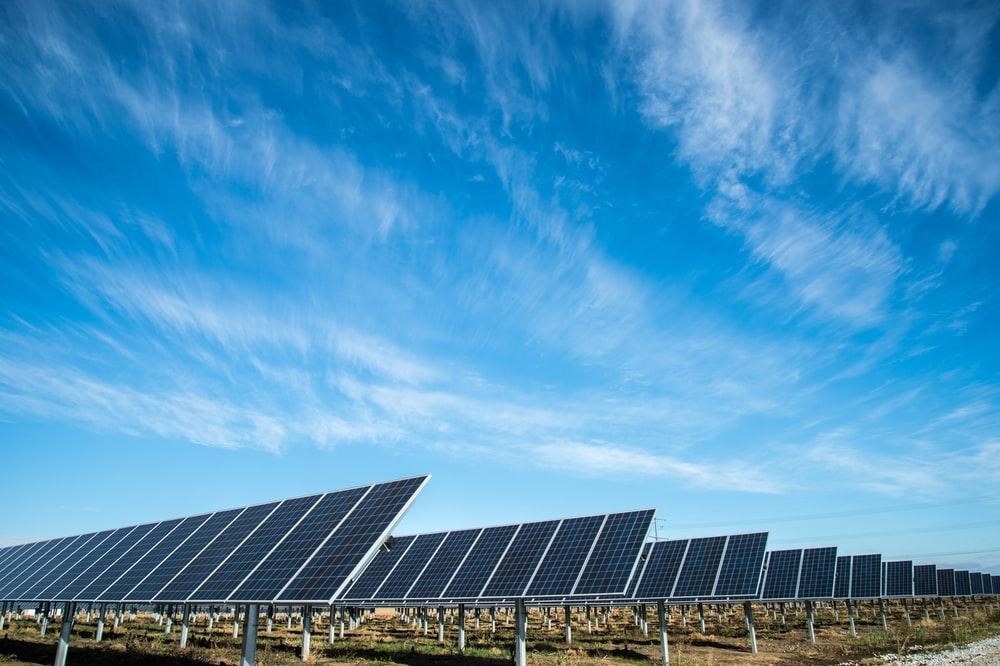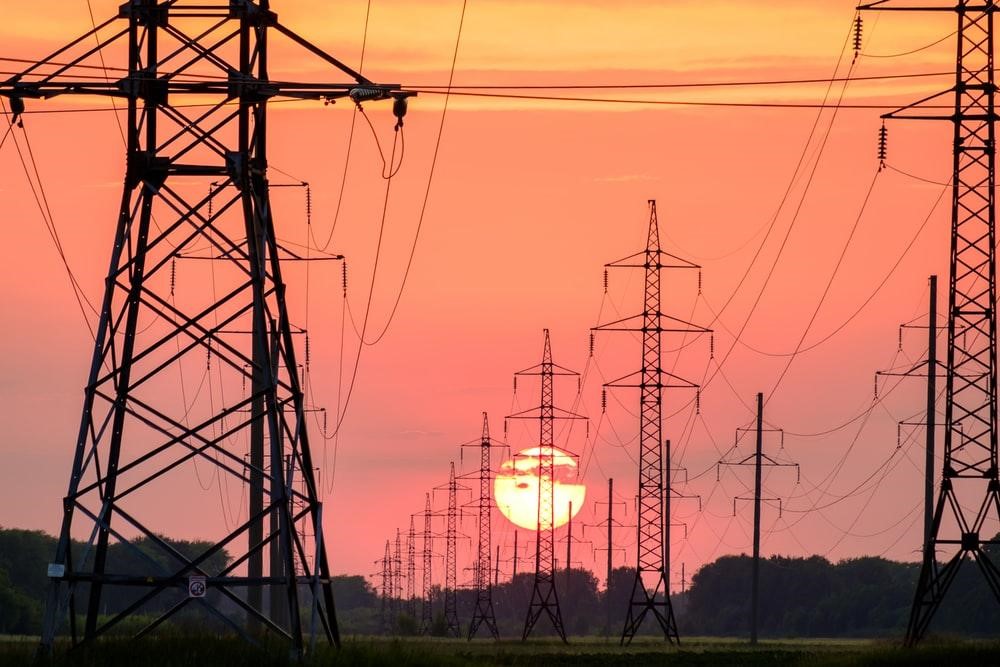California is the place where dreams are made. However, rising electricity rates are taking some of the shine away since it’s becoming more expensive to live here than in other states. The rise in prices is also adversely affecting the businesses operating in the state. The price of electricity in California is higher than in other states, but it is not because of taxes or regulations.
The cost of producing electricity is higher in California due to geography and population density. The state has more people per square mile than any other state, which means there is a higher demand for power and more people need to be served by each generator.
As a matter of fact, California’s electricity prices have risen sharply. Californians pay an average of 24 ¢/kWh for residential electricity, 59% more than the national average rate of 15 ¢/kWh. The increases are due to the state’s transition away from fossil fuels and renewable sources like wind and solar.
California’s Energy Crisis: Challenges Faced by Utilities
The California Public Utilities Commission studied ways to help keep electric bills from shooting up. The commission is looking into how to deal with the impact of climate change, such as drought-driven wildfires that can turn into wildfires if they ignite power lines. In addition to paying higher fire insurance premiums, the utilities are raising their rates because they are paying more for natural gas and serving a more significant number of low-income customers who qualify for federal assistance.
This summer, the state has also experienced high temperatures and increased demand for electric vehicles — which use more power while charging — and higher natural gas prices because of heavy consumption during the winter months. Rising natural gas prices and stricter environmental regulations have made it more difficult for utilities to meet energy needs while staying within budget.
How to Beat the Price Hike on Electricity in California
One of the best ways to combat these electricity price increases is by switching to solar energy. Solar panels can generate power even when there is insufficient sunlight, making them perfect for homes with gray days or cloudy skies.
Solar panels are becoming increasingly popular as more Californian homeowners realize how much money they can save by using them instead of traditional methods like gas-powered generators, which run on fossil fuels and produce harmful emissions into our atmosphere. They also do not require installation costs or maintenance fees like traditional home-based generators do because they are 100% automatic. Solar panels can provide up to 80 percent or more of your home’s energy needs during peak hours when the sun is shining brightly, and you do not need to run your air conditioner or other electric appliances.
On The Bright Side: Solar Panels Are Cheaper Than Ever
The decline in prices can be attributed to an influx of new solar companies entering the market and larger companies lowering their prices to compete with these upstarts. The price decrease is also due to several factors: The cost of materials has fallen, and manufacturers are producing more efficient panels. Installers have also become more efficient at installing solar, which means they can complete projects faster and cut costs on labor. A more competitive landscape benefits both Californian homeowners and businesses looking to install solar panels on their properties.
The falling costs of installing rooftop solar panels have made it possible for Californian homeowners across the state to install these systems on their rooftops even if they have limited budgets or lack access to credit. Many Californian homeowners discover that they can save money and benefit from cleaner energy sources by installing rooftop solar panels on their homes without breaking the bank.
Net Metering in California
In addition to reducing your monthly utility bills, solar panels can also help you earn money by selling excess electricity back to the grid at higher prices during peak usage times, such as hot summer days when electricity demand tends to spike in California.
With net metering in place, Californian homeowners who produce more than they use can send their surplus electricity from their solar panels back to the grid for their neighbors to use. Net metering is when a utility company allows customers to run their meters backward. A customer can send excess electricity produced by solar panels or other renewable energy sources back into the grid and receive credits on their bill. In case you require more energy than what your solar panels are producing, you can repurchase it from your utility company in California at retail rates.
In other words, net metering makes going solar in California much more affordable because it allows homeowners who want to install solar panels in California to avoid paying a hefty up-front cost, and instead pay for them over time through their utility bill savings.
Fortunately, net metering is a popular policy in California because it encourages people to install solar panels in the state. The state’s net metering policy, which allows households with rooftop solar to sell excess electricity back to the grid, is one of the most generous in the nation. In California’s net metering policy, customers can receive a credit on their electric bills for the electricity that their solar panels generate and feed into the grid.
This credit offsets what they pay for power from their utility company in California. This means that if a residential or business solar customer produces more electricity than they need, the utility company must buy the extra power from the customer at a total retail price. The policy has been an essential driver of the solar industry, allowing homeowners and businesses to make money by selling their excess electrons back to their utility.
This policy was created to encourage private individuals and businesses to invest in renewable energy systems such as rooftop solar panels, wind turbines, and small hydroelectric generators because they can sell any extra electricity they produce back to the grid at retail rates rather than at wholesale rates or not at all. This also helps reduce carbon emissions and provides more opportunities for low-income families and communities of color to invest in clean energy.
It is worth mentioning that net metering is not available in all areas of California, but it is available in most major ones. If you are considering installing solar panels in California, check with your utility company in California to see if there are any restrictions on net metering. If not, then you may be able to participate in this program.
Solar Projects in California to Help You Beat the Price Hike

As California’s electricity prices skyrocketed recently, solar power has become an increasingly attractive option for Californian homeowners. If you are interested in going solar at home or your business, here are four projects you should consider:
1. Solar Panels
This project involves installing solar panels on rooftops or other surfaces exposed to sunlight so that they can generate electricity during daytime hours when power demand is high during the summer months. Depending on their size and capacity requirements, solar panels can be installed on individual houses, apartment buildings, or entire neighborhoods.
2. Solar Roof
The Solar Roof is an innovative way to convert your home into a power plant. It uses photovoltaic (PV) cells embedded in glass tiles that look like traditional roofing materials. The PV cells capture sunlight and convert it into electricity for your home. The system can be installed on any roof type — even existing roofs — without adding structural support or re-roofing work.
3. Solar Power Plant
This project involves setting up large-scale solar power plants. The power generated from these plants can be used by the local utility company in California or sold to commercial and residential customers. These plants provide a steady supply of electricity throughout the year and are not affected by weather conditions.
Solar in California: Things to Keep In Mind
The cost of going solar in California has come down substantially over the past decade. The state is now considered one of the most attractive places for Californian homeowners to install solar panels. However, there are still some things you should keep in mind when going solar in California amidst high electricity rates.
1. Understand Your Electric Bill and Usage Patterns
The first thing you need to do before installing solar panels in California is to understand your current electric bill and usage patterns. This will help you determine how much money you can save by going solar in California and whether or not it makes sense financially for you to go solar right now or later on down the line. You can look at historical data from the website of your utility company in California or have an energy auditor come out to see if there are any ways that you could cut back on energy without installing solar panels first.
2. Consider Other Energy Solutions First Before Going Solar in California
If it turns out that installing solar panels does not make financial sense for your home right now, there are other options available for you besides just sticking with your current electric company. One option is demand response programs where customers agree to reduce their energy use during peak times, such as when electricity demand is highest during heat waves. In return, utilities will offer incentives such as credits on your bill or even cash rewards for participating in these programs.
Demand response programs can help reduce the strain on the grid by lowering overall electricity demand at peak times and decreasing the need for costly new power plants and transmission lines that would otherwise be needed to meet growing demand from homes and businesses alike.
Making Sense of the Anticipated Future of Solar Energy in California

There has been a lot of talk about the future of solar panels in California and the rest of the United States. California is one of the largest solar panel markets globally due to its sunny climate and high electricity prices — which are among the highest in America. The solar industry has been growing at an exponential rate.
There are signs that times may be changing for solar power in California as costs decline and efficiency rates increase with technological advances in manufacturing processes; innovations such as thin-film solar cells made from organic materials instead of silicon may make solar panels more affordable for residents who want to install them on their roofs. California’s solar energy seems like a promising way to reduce dependence on fossil fuels like coal and natural gas while providing clean power around the clock.
The Conclusion is to Go Solar
As the cost of energy continues to climb and California’s climate becomes more volatile, Californian homeowners are increasingly looking for ways to save money on their electricity bills. Solar panel systems are a wise investment because they provide long-term savings that can help protect your family’s financial security.
At the moment, you pay the utility company for 100% of your electricity and will incur rate hikes over time. But let’s see in real terms how solar can save you a small fortune. Suppose your average monthly bill is $150. Here’s how much that amounts to over the years:
$150 x 12 months = $1,800 per year. Over 10 years = $18,000. For 25 years = $45,000. (This is assuming no rate increases.)
Now let’s compare the savings. The cost of a solar system to produce the same amount of electricity for 25 years is just $17,200. When you subtract the 26% tax credit of $4,472 you come out with this huge savings:
No solar system. Pay $45,000 for 25 years of electricity.
With the solar system. Pay $12,728 for 25 years of electricity.
Solar power is a wise investment that will pay itself back. It also feels good to do your part for a greener, cleaner Earth.
The team at Sec. Services are ready to answer your questions and give you a no-obligation price quote on solar power solutions. Feel free to call us at 855-888-3993 or book a consultation online. And we’ll get in touch within 24 hours.



Recent Comments